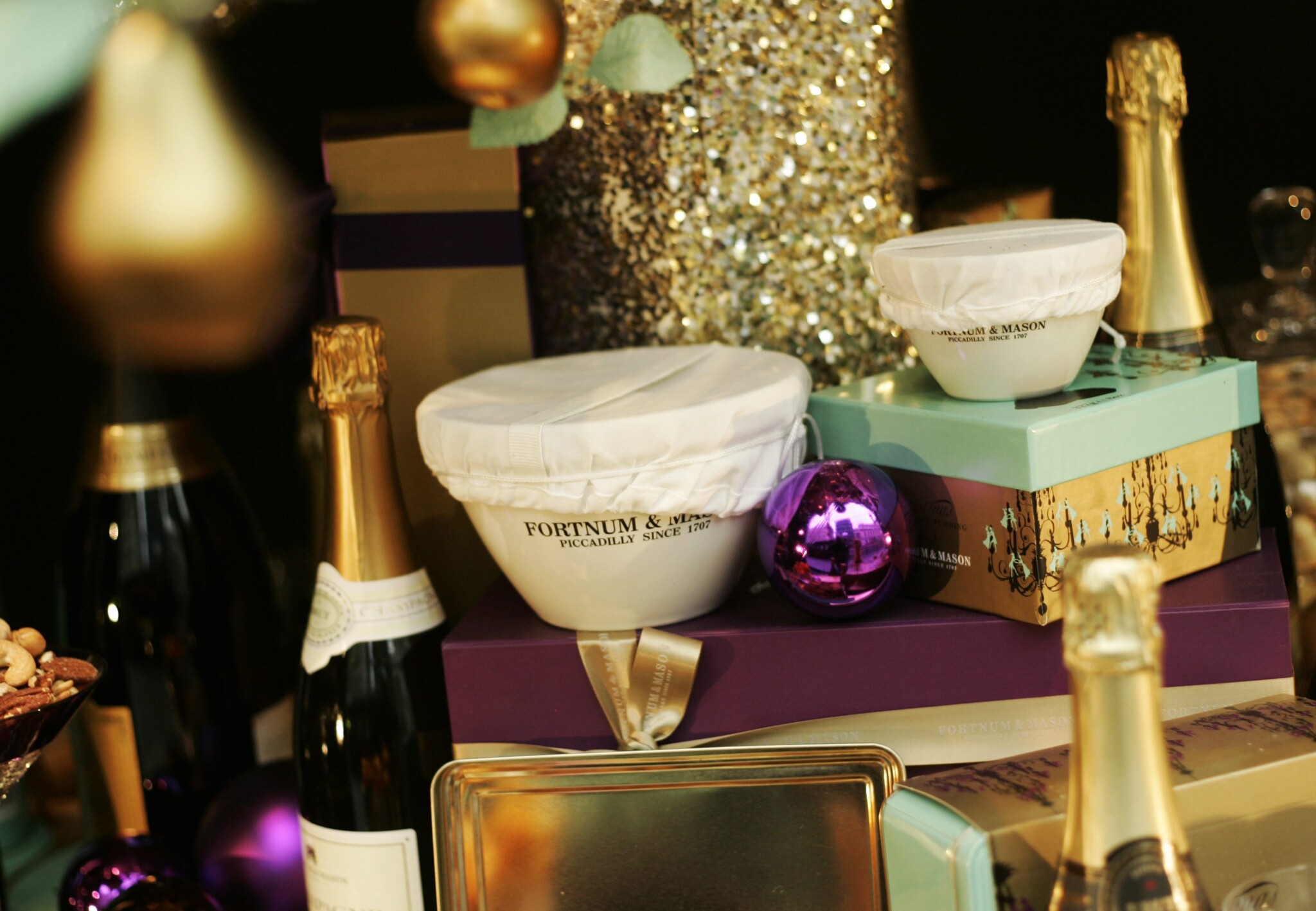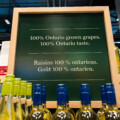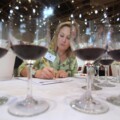For the record, I am the one who suggested the topic of this column to my editors. So, when I complain that it is written under something like duress, it is entirely self-directed. I am usually reluctant to write up any gift-giving wine for a number of reasons that make the project more or less futile.
First, how would I know if I am any good at giving people wine? The sort of people I give wine to are polite and well-mannered. They will invariably express pleasure in receiving the gift whether they like it or not.
Second, even if we assume I am pretty good at giving people wine how, within a national column written for an audience that’s spread over thirteen alcohol regulatory jurisdictions, can I safely recommend any specific product? There are few big premium brands that are presumably available at some quantity across every province and territory, but recommending them hardly constitutes the conveyance of insider knowledge or any kind of “added value.”
Third, even if I used my expert wino knowledge to recommend broad categories of gifts suitable for a national audience, how would I know who was the intended recipient?
While uncorking what turned out to be a delicious white Burgundy from a co-operative—Buxy—in the Côte Chalonnaise this week, I thought I might have found an answer to the third dilemma. Wine gifts could be broadly organized into three categories depending on who they were intended for. From there a general strategy for each one might help prospective gift-givers make a choice, or at least have a bit of fun choosing a present.
Clients
On one end of the wine recipient spectrum is the client, or person with whom the giver has some kind of transactional relationship. However friendly, this relationship stays at work, so unless the client has casually slipped that she has a penchant for Rioja or Australian Shiraz, we’ll assume her tastes are unknown.
Here the safest bet is Champagne. There is no cheap Champagne (even though there should be), and while I generally think it’s overpriced compared to other sparkling wines made in the same way, it is always taken seriously as a gift. Even if the recipient doesn’t care for it, they’ll likely have some occasion to open a bottle. In fact, giving a bottle of Champagne could be seen as a wish for a Champagne-worthy occasion to come.
The game might change if the client has a known wine predilection, like a large collection of red Burgundy, or a tendency to order trophy Napa Valley Cabernet Sauvignons at meals. This kind of knowledge can be used to the advantage of the giver but, in my experience, it’s wise to use it indirectly. The problem is that the recipient may already have whatever you decide to give them within their category of interest. Or they may have refined their tastes so specifically that the risk of giving the wrong bottle is actually higher than going in blind.
In the indirect model, the Burgundy collector will get a Pinot Noir, but from somewhere else, like B.C. or Ontario. The Napa Cab fan might get a fancy Malbec from Argentina or a Cab from South Africa. In these cases, the gift comes with a story: “I know you like X, but I thought you might enjoy Y for fun.”
Friends
A substantive gift of wine to a friend is a different challenge—much more fun, and potentially more rewarding. And not just because they might decide to open it in the giver’s presence. It’s more about the thrill of the chase because here the challenge is not so much finding the least objectionable bottle but finding the bottle the friend might not find on their own.
A giver lucky enough to live in a province with privately owned wine retailers has an advantage here. In Toronto there remain neighbourhood “bottle shops,” or gourmet and specialty shops that will sell wine by the bottle that’s not in the provincial monopoly. They buy wine by the case from importers like a restaurant, but mark it up by the bottle by a smaller amount.
The Eataly outlets are a good example of this. For $40 and up, there are always interesting things to find with or without the help of knowledgeable staff. And the giver can set a budget and mix and match two or three bottles without having to invest in two or three full cases.
Canadian wine producers can ship as many or as few bottles as they like. Most ignore interprovincial trade barriers and will send their products anywhere in the country.
Clients who are friends
If this column were a Venn diagram, this category would be the middle, or maybe the sweet spot, rather. The wine gift for the client who is a friend will be bigger than the previous two categories, but less stressy than the first and even more fun than the second. It’s a mixed case.
Just about any importer that ships wine directly to consumers will offer some kind of mixed case. The hitch is that they generally choose what’s in the selection, although I know of at least one Ontario importer that will let customers pick and choose their own selection from a list of a few dozen wines.
Gen Xers like me will understand that giving a mixed case of wine is a lot like what giving a friend a mixed tape was like in the 1980s and 90s. I intermittently organize a wine club for friends where I choose a mix of wines available at the time. It’s a collection of wines or wine styles that interest me lately, like the songs on those old cassettes. The point is there is a distinctly personal touch to making a selection whereby the sum is greater than its parts.
Who doesn’t love getting a box of wine? And, if the client friend doesn’t love one of the wines, they can always fast forward to the next one. There’s security in numbers.
I wish all Hub readers a happy holidays and remind them to send all my presents and gifts directly to Hub Media headquarters.











